Unlock the Power of the Yoga Wheel: Enhance Your Practice with This Versatile Tool.
The yoga wheel is a popular yoga accessory because it can help deepen poses, increase flexibility, and enhance balance. As yogis throughout the world seek innovative ways to improve their practices, the yoga wheel emerges as a versatile tool with multiple advantages. From beginners to seasoned practitioners. Including a yoga wheel in your routine may transform the way you practice yoga.
Understanding the Yoga Wheel.
What is the Yoga Wheel?
A yoga wheel is a circular instrument constructed of sturdy plastic or wood, that allows practitioners to do various yoga positions and stretches.It resembles a massive wheel with a hollow core, and it offers support and stability in challenging situations.
How does this work?
The yoga wheel gives clients influence and backing, permitting them to develop extends, improve adaptability, and develop fortitude. Its versatile plan empowers specialists to zero in on unambiguous muscle bunches while expanding equilibrium and security.
The Yoga Wheel’s Main Features
The construction is durable.
The yoga wheel is built of high-quality materials like sturdy plastic or eco-friendly wood, and it provides consistent support to practitioners of all skill levels.
Improved grip:
Many yoga wheels have a rough surface or foam cushioning to provide a solid grip while promoting stability and safety during poses and transitions.
Flexible Size Options:
Yoga wheels come in several sizes, ranging from tiny to large diameters, to meet different body types and preferences, allowing for personalized use.
Portable and lightweight.
Despite its sturdy construction, the yoga wheel is lightweight and portable and making it suitable for travel or usage in a variety of yoga environments.
Multifunctional Design:
Beyond yoga postures, the yoga wheel may be used for stretching, core strengthening, and even massage treatment, resulting in a more holistic approach to health.
Yoga Wheel Specifications:
Material:
Quality plastic or sustainable wood.
Diameter:
Available in a variety of diameters, which typically range from 10 to 15 inches.
Weight Limit:
Upholds people as much as 300 pounds.
Surface:
A harsh surface or froth cushioning might help upgrade hold.
Variety choices:
Different variety of prospects, to suit different preferences.
Various Inclinations:

A few variety prospects to meet various inclinations.
The following are five of the best yoga wheel activities to integrate into your training:
1. Wheel-helped back twist:
• Sit on the floor knees bowed, Feet level on the ground.
• Roll back leisurely with the yoga wheel behind you, resting your upper back on it.
• Place your hands on the ground next to your head for support. Slowly straighten your arms and raise your chest towards the ceiling.
• Hold the posture for 5–10 breaths, focusing on stretching the front of the body and lengthening the s pine.
2. Improved bridge position with wheels.
• Lie on your back, knees bent, feet hip-width apart, heels close to your buttocks.
• Place the yoga wheel under your sacrum, the triangle bone at the base of your spine.
• Press into your feet and lift your hips toward the ceiling, using the wheel for support.
• As you rise, connect with your glutes and thighs to make a straight line from your shoulders to your knees.
• Take 5-10 full breaths to extend the chest and fortify your legs.
3. Wheel-Kept up with Board Position.
• Start in a board position, with hands shoulder-width apart and bears placed over wrists.
• Place the yoga wheel beneath your feet and maintain a straight line from your head to influence attention.
• Pay attention to the issue for 30 seconds to one second, emphasizing dependability and control.
• To up the trouble, raise one foot off the haggle for a couple of breaths before exchanging sides.
4. The Wheel-Assisted Pigeon Pose.
• Take a tabletop position with hands and knees on the mat.
• Place one shin on the yoga wheel and extend the opposite leg back behind you.
• Lower your hips to the ground and feel a deep stretch in the hip of the bowed leg.
• Extend your spine and elevate your chest while inhaling deeply into the stretch.
• Pause for 5-10 breaths before swapping sides.
5. Wheel-Supported Shoulderstand.
• Lie on your back, extend your legs, and place the yoga wheel under your hips.
• Bend your knees and draw them into your chest, with your hands supporting your lower back.
• Raise your legs to the ceiling and use the yoga wheel to support your hips.
• Assume a shoulder stand by straightening your legs overhead.
• Hold the pose for 5-10 breaths with a long neck and stare toward your toes, then gradually descend back down.
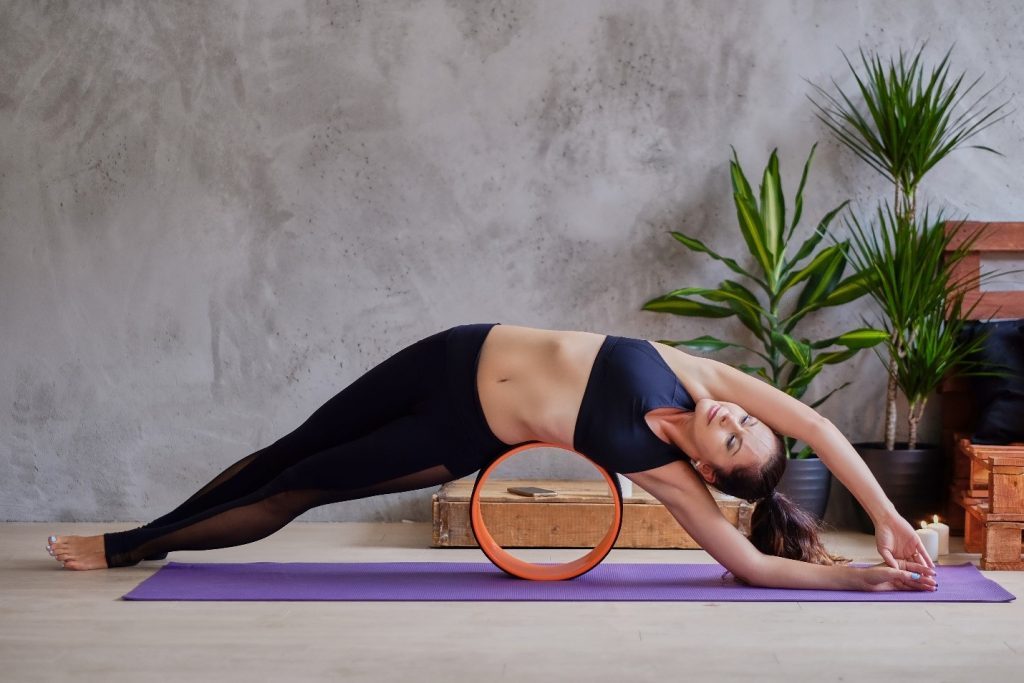
Incorporate these yoga wheel exercises into your routine to improve flexibility, strengthen core muscles, and enhance overall balance and stability. As always, listen to your body and make any required changes to your practice.
Conclusion
Incorporating a yoga wheel into your practice can expand your stretches, increase your flexibility, and improve your overall well-being. The yoga wheel is a valuable tool for yogis of all levels due to its long-lasting construction, diverse design, and multiple benefits. Whether you desire to develop your practice or simply explore new avenues of self-discovery, the yoga wheel can aid you on your journey to health and wellness.
Unleash the magic of the yoga wheel today and see the transformative consequences for yourself. Improve your practice, gain flexibility, and accept the path to a healthier, more balanced lifestyle.
Frequently Asked Questions (FAQs)
1. Can beginners use the yoga wheel?
Absolutely! The yoga wheel is suitable for practitioners of all levels, including beginners. It offers support and assistance in achieving proper alignment and gradually building strength and flexibility.
2. How do I choose the appropriate size yoga wheel?
Consider your body size and flexibility when selecting a yoga wheel, a larger diameter wheel offers more stability and support, but a smaller wheel enables greater mobility and deeper stretches.
3. What poses can I do using the yoga wheel?
Yes, you may use the yoga wheel to improve several poses, including backbends, hip openers, shoulder stretches, and others. Experiment with different positions to see which one feels most comfortable for you.
4. Can the yoga wheel be used therapeutically?
Absolutely! The yoga wheel can help to reduce spinal stress, enhance posture, and ease muscle tightness. For particular exercise recommendations, Consult with a competent yoga instructor or healthcare practitioner.
5. How do I care for and maintain my yoga wheel?
To keep your yoga wheel in good condition, clean it with a moist towel and mild detergent regularly. When not in use, keep it away from severe temperatures and direct sunlight.





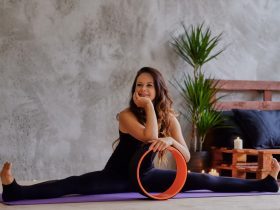
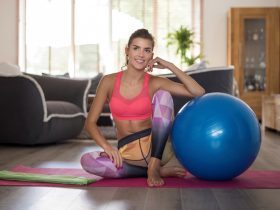



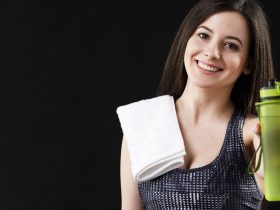

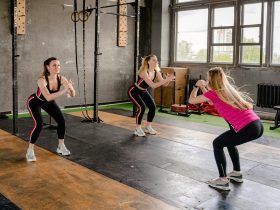

Leave a Reply